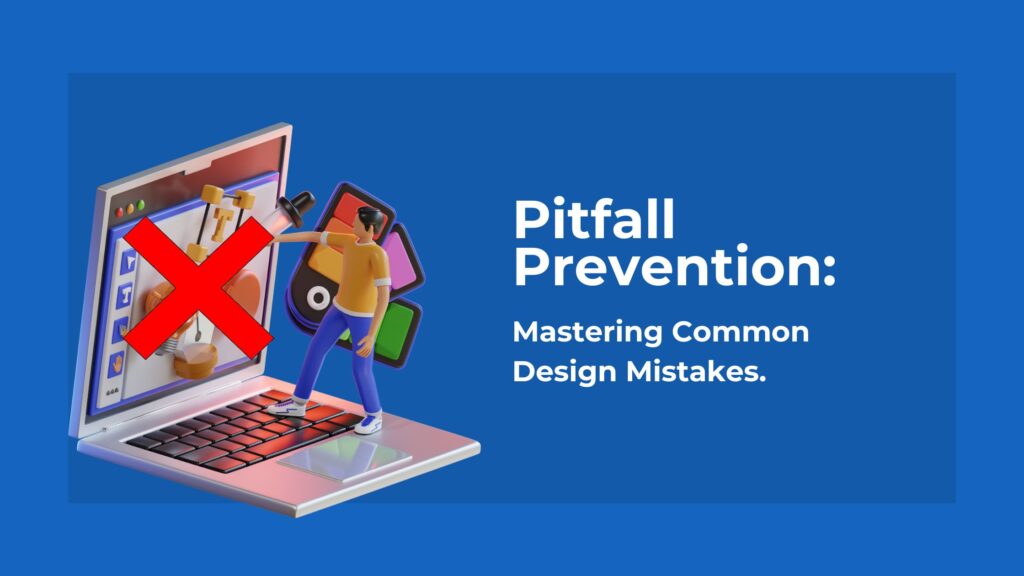
Introduction: Design is crucial to creating visually appealing and functional products. However, even the most skilled designers can fall into certain traps that hinder their effectiveness. This blog post will explore designers’ common mistakes and provide insights on avoiding them. By understanding these pitfalls, aspiring designers and professionals can enhance their design process, improve their outcomes, and deliver exceptional results to their clients or users.
Neglecting User Research: One of the most significant mistakes designers make is overlooking the importance of thorough user research. Understanding the target audience and their needs is crucial for creating successful designs. Failing to conduct user research can lead to irrelevant or poorly optimized designs that fail to meet user expectations. We will discuss various user research techniques and emphasize the significance of incorporating them into the design process.
Ignoring Design Principles: Design principles serve as guiding principles to create harmonious and visually appealing compositions. Many designers must pay more attention to these principles, resulting in chaotic or inconsistent designs. We will delve into fundamental design principles such as balance, contrast, alignment, and hierarchy, explaining their significance and providing examples of their application. By adhering to these principles, designers can create designs that are not only aesthetically pleasing but also effectively communicate their intended message.
Overcomplicating Designs: Simplicity is often the key to successful design. However, many designers must comply more with their designs, overwhelming users with unnecessary elements or cluttered interfaces. We will discuss the concept of minimalism in design, highlighting its benefits and providing tips for simplifying designs. By embracing Simplicity, designers can enhance user experience, streamline interactions, and create visually elegant designs.
Lack of Consistency: Consistency is vital in creating a cohesive user experience. Designers often need to pay more attention to Consistency across various elements, such as typography, colour schemes, and interaction patterns. We will explore the importance of Consistency in design and offer practical advice on establishing and maintaining visual and functional coherence throughout a project.
Failing to Iterate and Seek Feedback: Design is an iterative process that requires constant refinement. Many designers make the mistake of being overly attached to their initial ideas, missing out on valuable opportunities for improvement. We will emphasize the significance of iteration and discuss methods for gathering constructive feedback. By embracing feedback and iteration, designers can refine their designs, address potential flaws, and create solutions that better meet user needs.
Conclusion: Designers face various challenges in creating exceptional designs. Designers can elevate their work to new heights by understanding and avoiding common mistakes. In this blog post, we have explored some prevalent mistakes designers make, including neglecting user research, ignoring design principles, overcomplicating designs, needing more Consistency, and failing to iterate. By addressing these pitfalls, designers can improve their design process, enhance user experience, and deliver outstanding results. As designers continue to learn, adapt, and refine their skills, they can create impactful and meaningful designs that leave a lasting impression on users and clients alike.
Sales:- [email protected]
+91 83695 59482
Support:- [email protected]
+91 7272 8989 46
Careers:- [email protected]
©2018 – 2023 KothariTech. All Rights Reserved
©2018 – 2024 Kothari Tech. All Rights Reserved